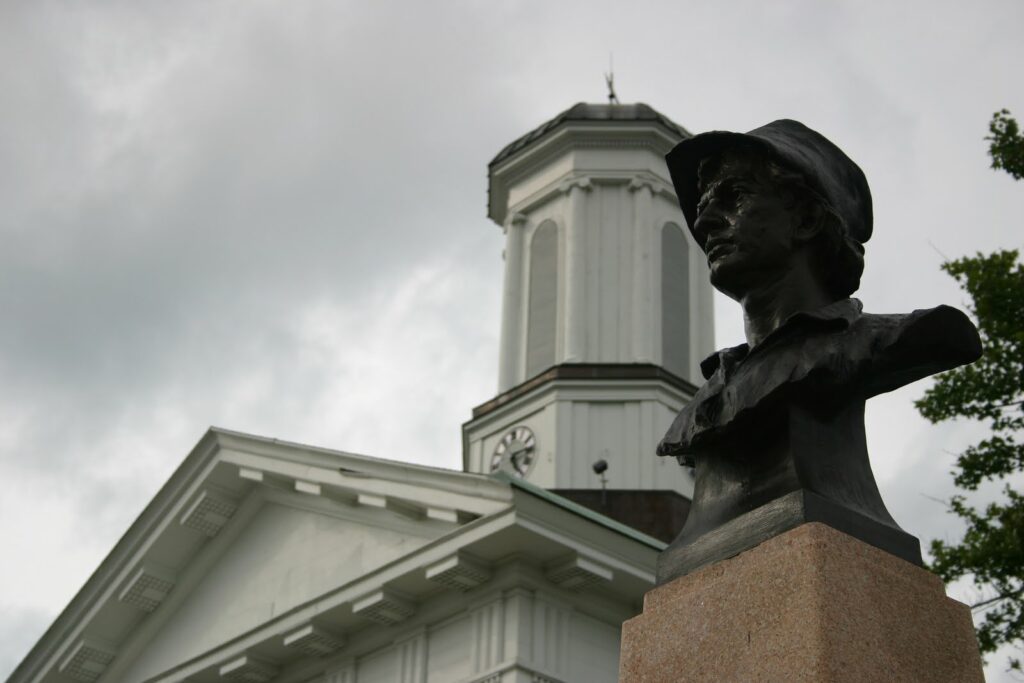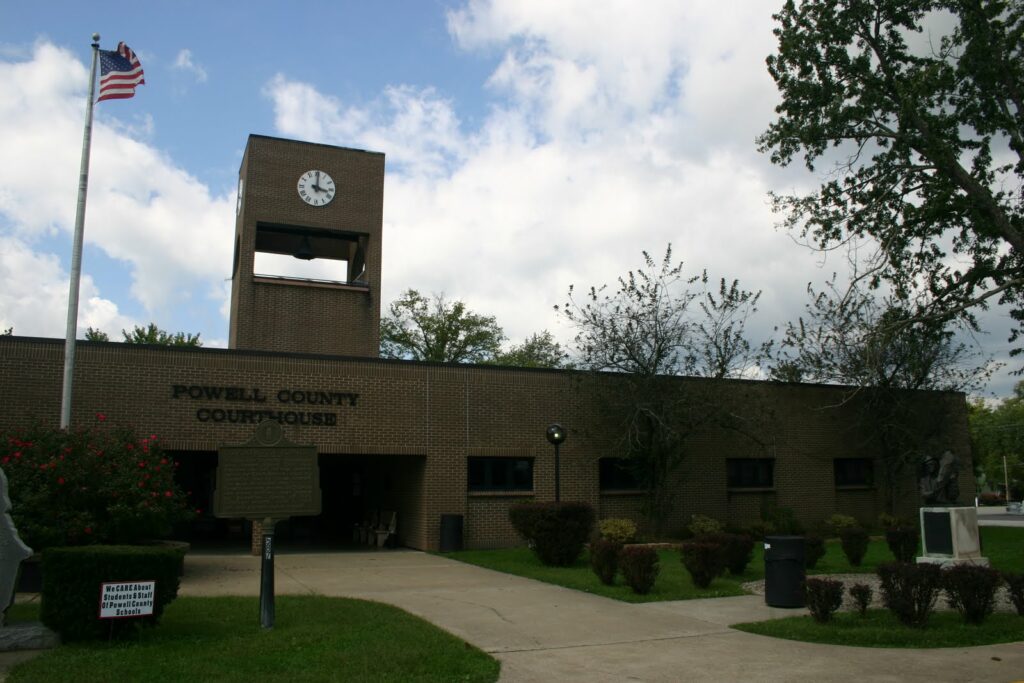
Powell County’s courthouse looks like a middle school. Not that there is anything wrong with it, but it just looks very 80s. Honestly, it completely blends in and I almost didn’t realize what it was before I passed it. The drive through Stanton was pleasant, as this concluded my drive back from Eastern Kentucky on this beautiful cool Kentucky day. Among the most interesting things I learned about Powell County’s courthouse was its Civil War history. It was among the many Kentucky courthouses burned during the Civil War, but Powell County’s courthouse had the unique honor of having been burned down TWICE during the Civil War. Man, that would be rough.
Tag: Civil War
No Destination: Lincoln & Casey Counties
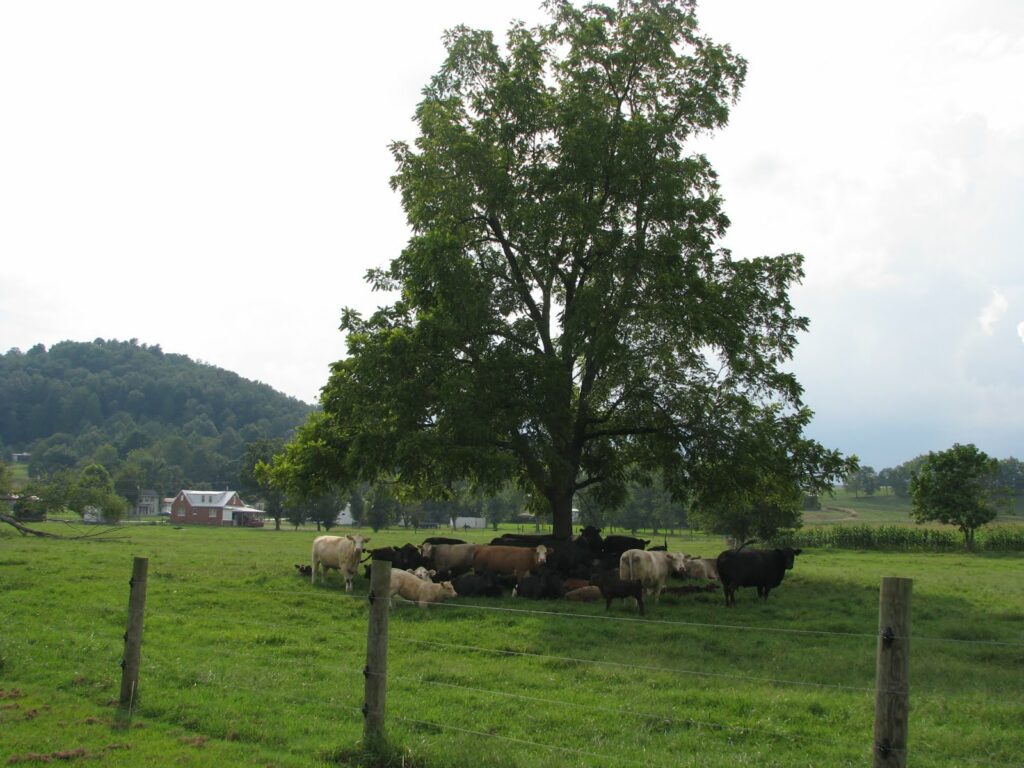
Not only was Stanford a surprise, but several areas of historic Lincoln County prompted me to stop the car.
A historic marker noting the site of McKinney’s Fort: a fort established in 1792 which became an important stop on the Cumberland Trace. The area is now known as McKinney’s Station.
Once in Casey County – just just north of Yosemite – we crossed over an unimpressive tributary of the Green River. A tree under which the cattle relaxed was, however, a beautiful site.
On the return home – but once again in Lincoln County – I spotted a town I wanted to visit: Chicken Bristle. Driving through, there was no sign evidencing the name of this small community. In this rural area, I was surprised to see an old A.M.E. [African Methodist Episcopal] church. I supposed that Chicken Bristle might have been one of the black communities that dotted the region in years past. Sure enough, Chicken Bristle was one of three black Lincoln County communities founded in the post-Civil War era.
Also in Lincoln County was the small community of Hustonville – site of what must be a crazy-scary year-round haunted house.
Madison County Courthouse – Richmond, Ky.
I love Main Street in Richmond. It’s hilly, and as you come into town, it all spreads out in front of you. Today it hit me what makes some downtowns prettier than others – the really nice ones are like Richmond, where all the utility lines have been put underground. It really cleans up the view.
Richmond has done a great job in mapping out its history. In the few moments I spent at the courthouse square I learned a ton. The courthouse square in Richmond has a pretty great story. According to the historic markers, during the Civil War the courthouse square was used to house Union prisoners of war. More than 4,300 soldiers were kept here for a week until they were paroled. I particularly liked this. When a confederate colonel was asked by his superiors how many had been captured, his response was “I have not counted them, but I have a ten-acre lot full.”
The bust pictured above is a pioneer monument erected in 1906 by Richmond native David R. Francis, who was Mayor of St. Louis, Governor of Missouri, an ambassador to Russia and the U.S. Secretary of the Interior.
Also, a plaque on the courthouse commemorates U.S. Supreme Court Justice and Richmond native Samuel Freeman Miller, who served from 1862-90. He was a Lincoln appointee who studied the law WHILE HE WAS PRACTICING MEDICINE. Doctor and Supreme Court Justice…makes me feel like a slacker. According to the plaque, Justice John Marshall Harlan said of him, “It is safe to say that, with the exception Chief Justice John Marshall, no American judge has made a deeper impression upon the jurisprudence of this country than he.”
Marion County Courthouse – Lebanon, Ky.
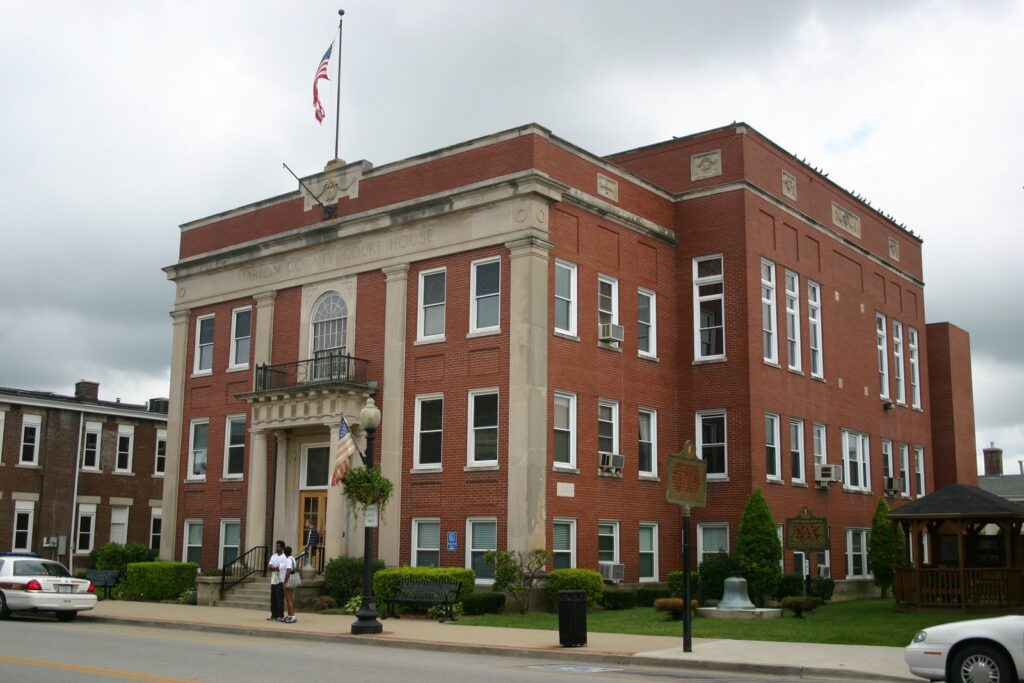
After visiting Lebanon for the first time, I know two things – first, this town loves ham, and secondly, John Hunt Morgan is all over the place here. I thought the famous Kentucky Confederate calvary officer and general was well represented in Lexington, buy Lebanon is another story. And I guess that makes sense, because Morgan burned much of the town during the Civil War, and according to the historic markers, he was also responsible for the burning of the courthouse that used to stand on this spot. His goal was to destroy treason indictments in the courthouse issued against his men. This courthouse was built in 1935.
Apparently Lebanon was a bustling railroad town, until the Civil War, and later the end of the railroad age brought it the quiet status it enjoys today. Oh, and it’s annual town festival is called “Ham Days.” Seriously. Like I said, this town loves its country ham.
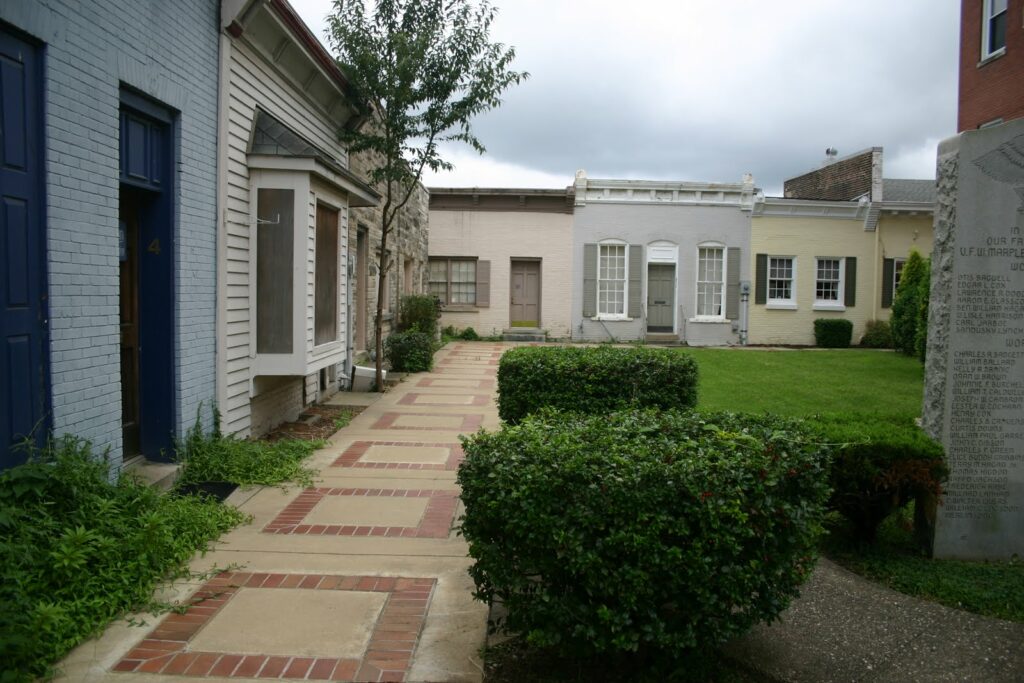
BONUS PIC FOR PETER – Now this is the coolest thing about Lebanon’s courthouse. What you see above is the courthouse square. These buildings, several of which are occupied by the offices of attorneys and engineers, literally sit on the courthouse lawn, with just this little sidewalk separating them. While several of them have clearly been well maintained, a couple could use some work. One of the buildings on the square had a big hole in the door, and a couple of cats were hanging out inside sunning themselves.
Boyle County Courthouse – Danville, Ky.
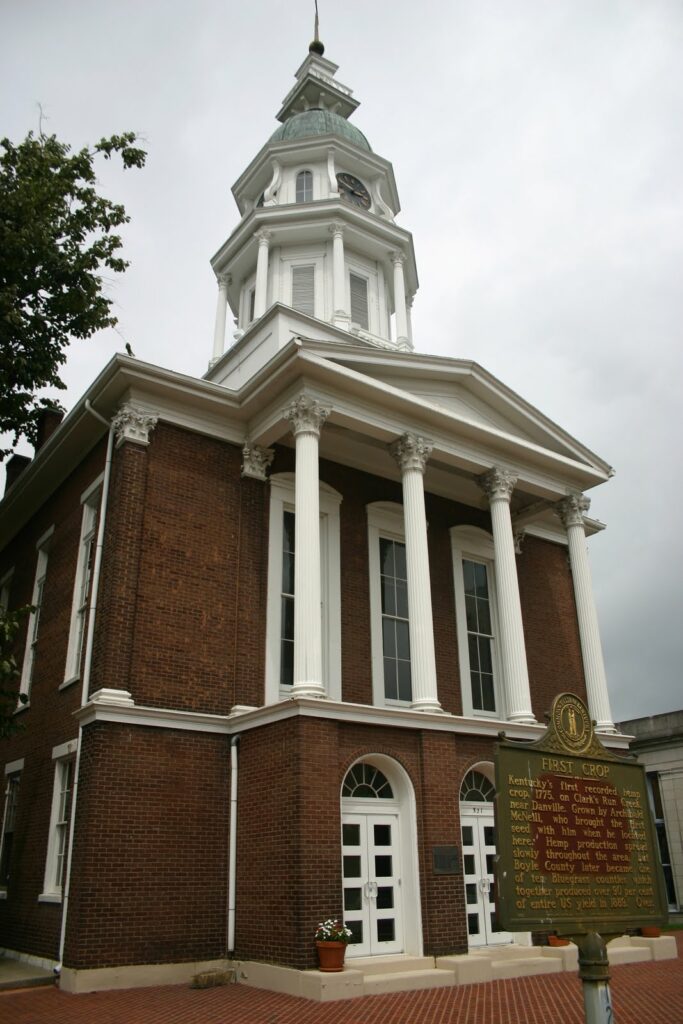
Ah Boyle County. One of my favorite places on earth. I spent 4 years here in Danville and I think it’s what really cemented my love of small-town Kentucky.
I love the Boyle County Courthouse mostly for what you cannot see in this picture. The courthouse square is pretty large, and the building is L-shaped, with the doors and cupola pictured here at one end of the L. When Peter and I visited here earlier in the summer, he commented about how strange this makes the courthouse look. It’s not the standard square or symmetrical building you see in any other county in the state, and for that I love it.
Anyway, this present courthouse was built in 1862, and according to historic markers, it served as a hospital during the Civil War.
Montgomery County Courthouse – Mt. Sterling, Ky.
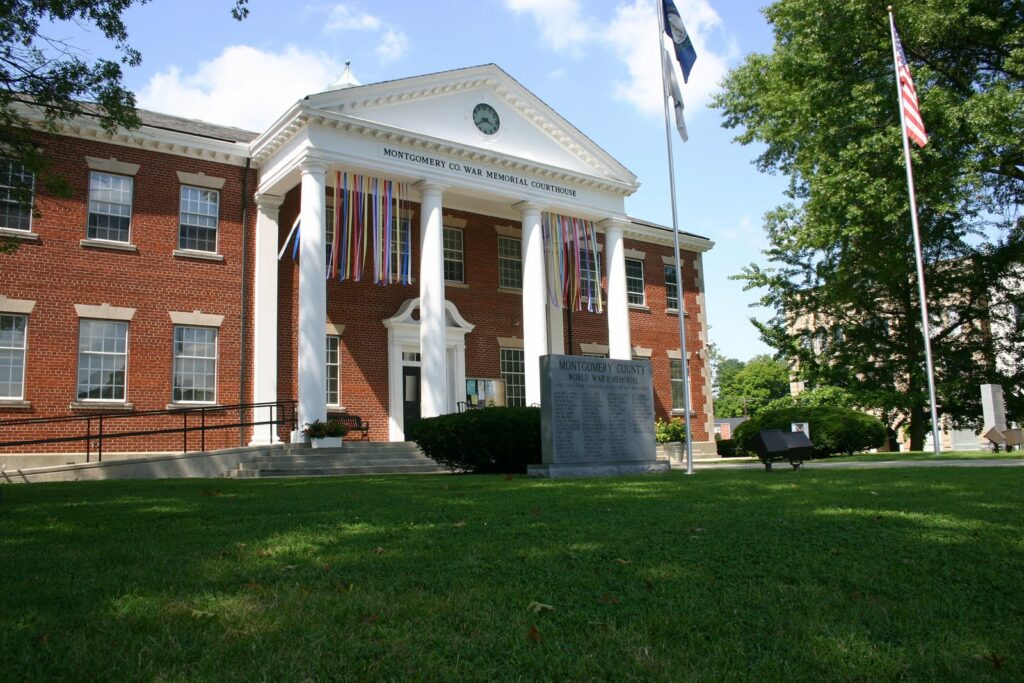
Mt. Sterling is a beautiful town, but I have to admit I was a little disappointed by the courthouse. It’s pretty much a new building, and if I didn’t know any better it could have been a bank. The area surrounding the courthouse, though, is particularly cool. It’s surrounded by brick streets and painstakingly restored buildings. Yet again, another cool town I can imagine being very cool to live in.
Like the Bath County Courthouse, the Montgomery County Courthouse was burned in the Civil War. According to the historical markers, Confederate Cavalry burned the courthouse on Dec. 2, 1863 in order to prevent its use as a Union garrison.
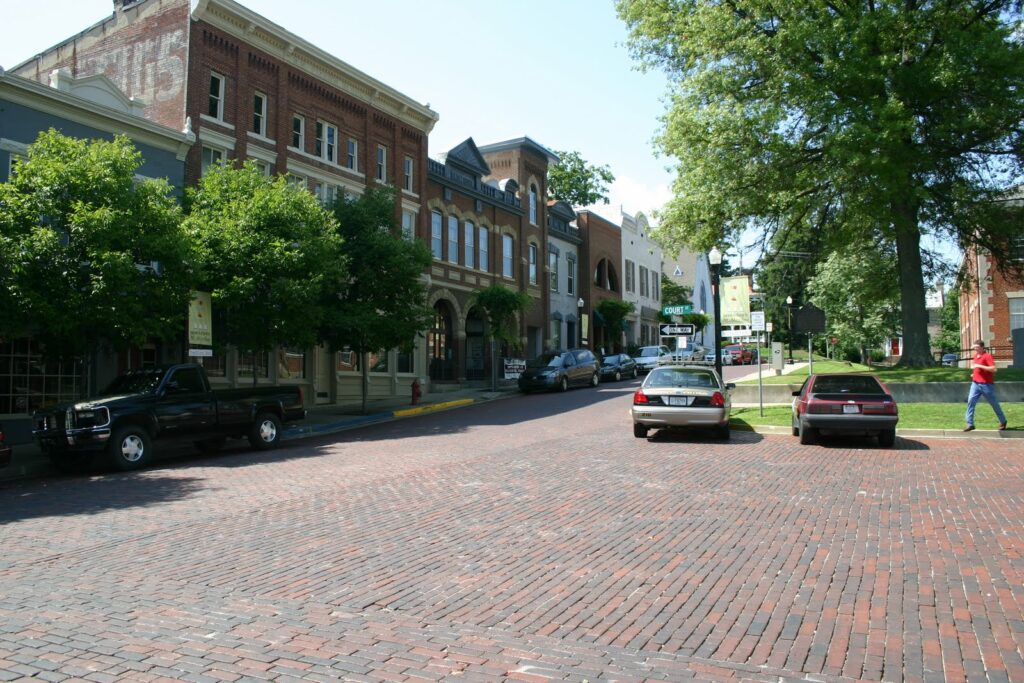
* EXTRA PIC FOR PETER – above is the aforementioned really awesome brick streets and restored buildings that surround the courthouse.
Bath County Courthouse – Owingsville, Ky.
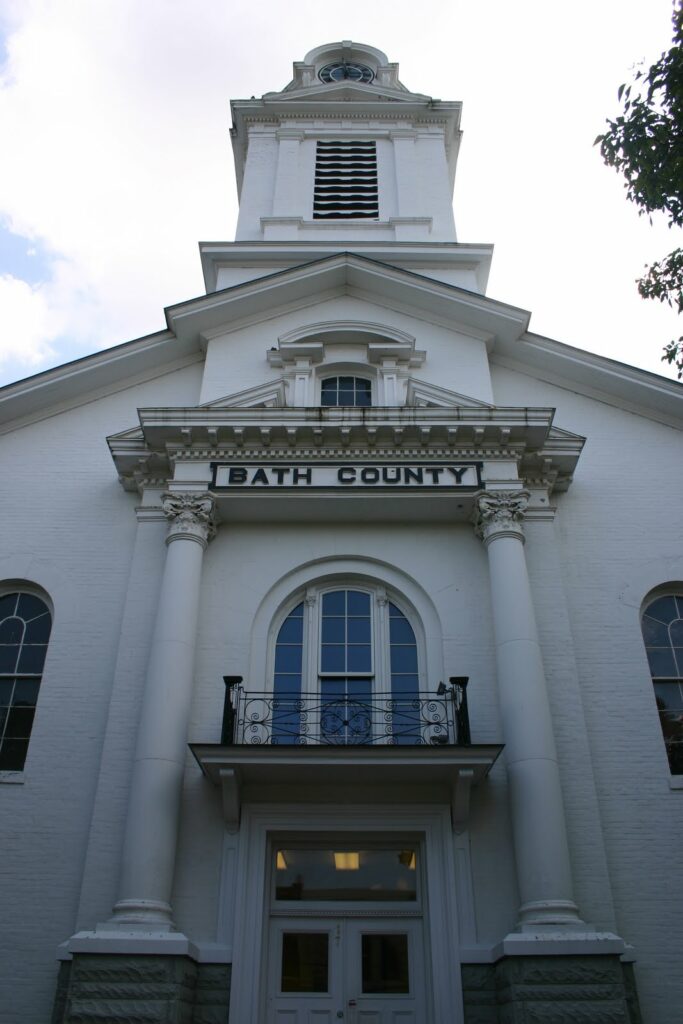
Okay, so I had never, ever even heard of Owingsville. But there is a ton of history here. And how did Bath County get its name? Surprisingly, it was given the name because people used to come here to take baths. Seriously. According to the sign at the courthouse square, there were many well known mineral springs in the area. Bath County was also home for some time to Louis Philippe, the last King of France during his exile. Weird, huh?
Anyway, according to the signs at the courthouse, the Bath County Courthouse was among the 22 courthouses burned during the Civil War. But the burning of Bath’s courthouse was unintentional. As Confederate forces approached, the Union soldiers abandoned the area and an overheated stove started the fire.
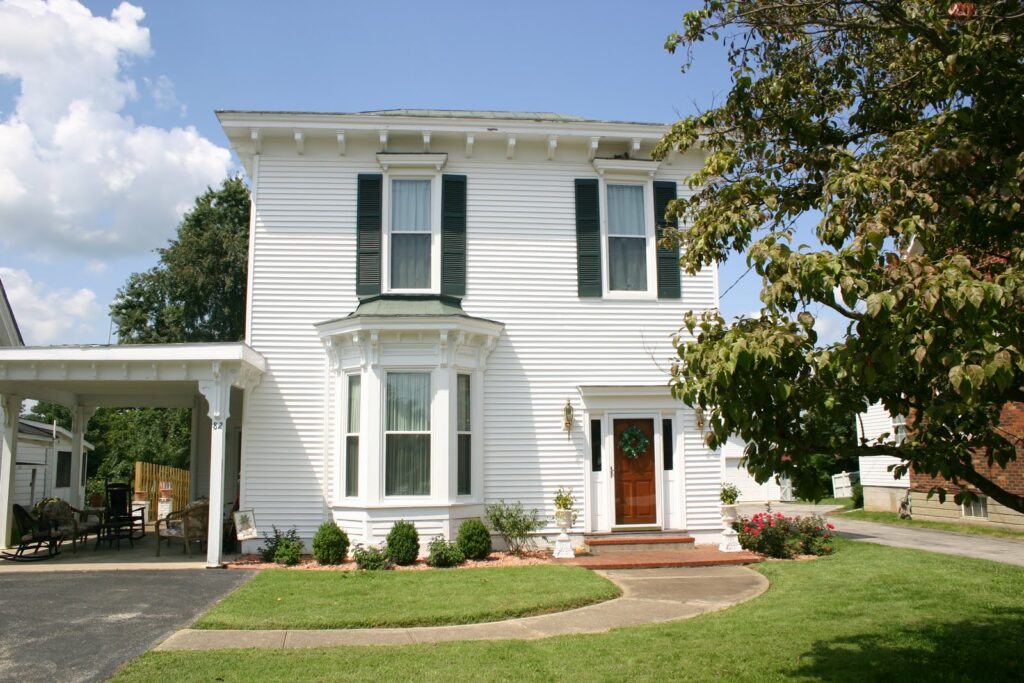
* BONUS PIC FOR PETER – So this one caught me completely off guard. You know General John Bell Hood? Famous Confederate General remembered for Gettysburg, Chickamauga, Fredricksburg, etc.? He was born in this house in Owingsville. I had no clue.

